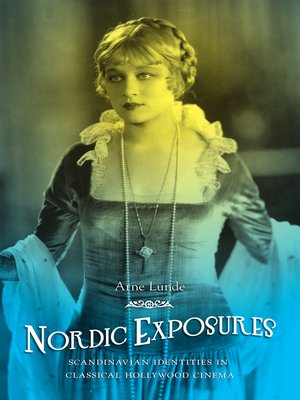Nordic Exposures
ebook ∣ Scandinavian Identities in Classical Hollywood Cinema · New Directions in Scandinavian Studies
By Arne Lunde

Sign up to save your library
With an OverDrive account, you can save your favorite libraries for at-a-glance information about availability. Find out more about OverDrive accounts.
Find this title in Libby, the library reading app by OverDrive.



Search for a digital library with this title
Title found at these libraries:
| Library Name | Distance |
|---|---|
| Loading... |
Nordic Exposures explores how Scandinavian whiteness and ethnicity functioned in classical Hollywood cinema between and during the two world wars. Scandinavian identities could seem mutable and constructed at moments, while at other times they were deployed as representatives of an essential, biological, and natural category. As Northern European Protestants, Scandinavian immigrants and emigres assimilated into the mainstream rights and benefits of white American identity with comparatively few barriers or obstacles. Yet Arne Lunde demonstrates that far from simply manifesting a normative unmarked whiteness, Scandinavianness in mass-immigration America and in Hollywood cinema of the twentieth century could be hyperwhite, provisionally off-white, or not even white at all.
Lunde investigates key silent films, such as Technicolor's The Viking (1928), Victor Sjostrom's He Who Gets Slapped (1924), and Mauritz Stiller's Hotel Imperial (1927). The crises of Scandinavian foreign voice and the talkie revolution are explored in Greta Garbo's first sound film, Anna Christie (1930). The author also examines Warner Oland's long career of Asian racial masquerade (most famously as Chinese detective Charlie Chan), as well as Hollywood's and Third Reich Cinema's war over assimilating the Nordic female star in the personae of Garbo, Sonja Henie, Ingrid Bergman, Kristina Soderbaum, and Zarah Leander.







